The project "Testing the reproduction and rearing of blood cockle breeds suitable for natural conditions in coastal areas of Ca Mau province" aims to meet the demand for breeds in production of people in the province.
This is a science and technology project with the goal of building the first technical process for breeding and raising blood cockles in Ca Mau province, contributing to the application of science in practical production.
Ca Mau province has the largest aquaculture area in the country, with about 305,000 hectares, accounting for nearly 30% of the country's aquaculture area and about 40% of the Mekong Delta.
Recently, the model of raising blood cockles combined with shrimp farming in the districts of Ngoc Hien, Nam Can, Dam Doi, Phu Tan has developed strongly; in addition to the model of raising blood cockles in shrimp ponds, there is also the model of raising blood cockles at sea and on rivers.
Mr. Han Thanh Phong, Deputy Head of the Department of Natural Resources Management of Mui Ca Mau National Park, Project Secretary, said: “Ca Mau has more than 305,000 hectares of aquaculture, of which nearly 90% is extensive shrimp farming. This area is suitable for combined farming with other species such as blood cockles.
At the same time, Ca Mau has many alluvial flats with mud and sand, suitable for the development and growth of blood cockles. The coastal forest area of Ca Mau Cape National Park is 26,600 hectares, which is a great potential for blood cockle farming.
The intercropping model of blood cockle farming has proven its effectiveness in recent times, and the farming area is increasingly expanding in the province.
Specifically, in 2018, the Department of Science and Technology of Ca Mau province decided to recognize the results of the project "Replicating the model of blood cockle farming combined with shrimp farming".
However, one of the difficulties and obstacles in developing the blood cockle farming model is the lack of initiative in local breeding. The breeding stock currently comes mainly from other provinces and the environment is not suitable, so when stocked, there is a lot of loss.
Mr. Phan Van Du, member and main engineer of the project, informed: "The survival rate of blood cockle breeds from Ben Tre, Quang Binh provinces... when transferred to Ca Mau is only 50%. Through the testing period, selecting blood cockle parent breeds in Ca Mau, allowing them to grow, the survival rate when stocked is over 80%. This is an exciting issue, receiving the attention of farmers".
Mr. Phong shared: “When implementing the model, the members went to the field and visited many models of raising blood cockle seedlings in Can Gio, researched techniques to improve the survival rate of artificial blood cockle seedlings in Ben Tre province, and then started implementing it.
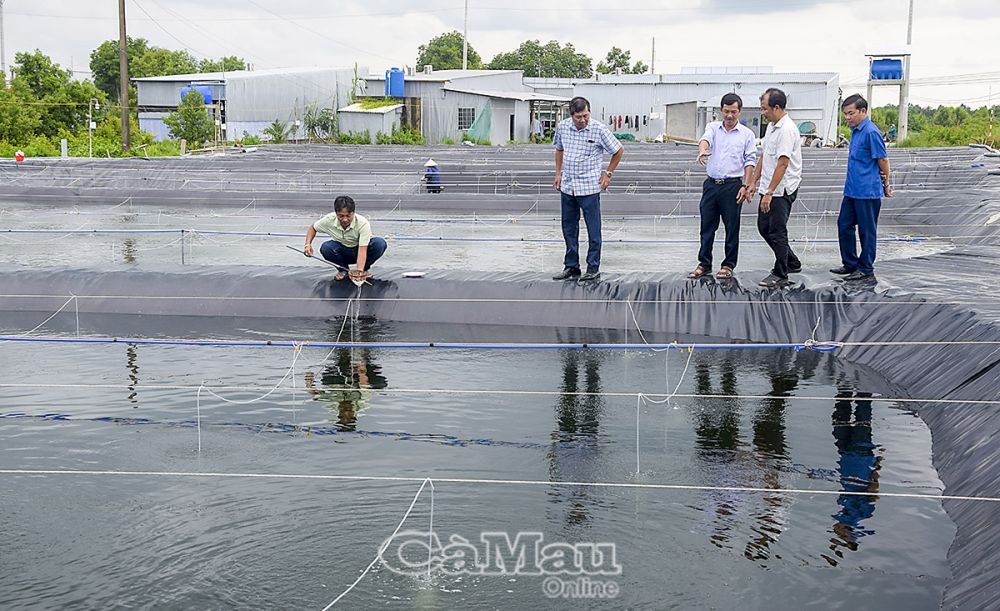
Testing larvae in water in tarpaulin-lined ponds of the blood cockle breeding and fingerling rearing project in Ca Mau province.
The project was implemented from February 2023, and up to now has successfully tested the reproduction and rearing of blood cockle breeds suitable for the soil of Ca Mau land.
"To develop clams and minimize loss, project members select parent breeds in the province. That means, they will buy back the clams ready to harvest from farming households.
Parent blood cockles have the ability to hatch eggs at the age of 7-10 months. To know whether the cockles are hatching eggs or not, we start by separating the cockles. In the same area, just separate a few dozen cockles to evaluate the egg hatching rate of the entire area.
After purchasing, we will select healthy parent blood cockles and start breeding them. To have high quality, the parent blood cockles will only breed once, then sell the blood cockles meat, only then will the quality of the cockles meet the required standards," Mr. Du added.
This is the first time Ca Mau has successfully carried out “Breeding and raising blood cockle fry”. This project has great significance towards enhancing the application of science and technology in production practices, helping farmers to be proactive about blood cockle fry.
The project meets the requirements for developing commercial blood cockle farming, aiming to diversify farming objects, optimally exploit the potential and advantages of the province's natural conditions, opening up a direction for developing bivalve mollusk farming in coastal areas.
The success of the project contributes to providing a stable source of blood cockle seeds, promoting the economic development of the province. Especially aiming to expand the export market, because the demand for blood cockle exports is increasingly high, because blood cockle has nutritional value, and is widely consumed domestically and internationally.
Clam farming models are increasingly developed, so the demand for clam seed for commercial farming is increasing. Therefore, the success of the project contributes to providing clam seed for farmers.
“After the project is successful, the technical documents for artificial cockle seed production can be transferred to localities. Using parent cockles collected from nature in the province, ensuring proactive cockle seed sources in both quality and quantity.
Blood cockle seeds are produced in the province to serve farming households, shortening transportation time, along with similarities in environmental factors, contributing to increasing the quality of seeds and increasing the success rate of farming," said Mr. Han Thanh Phong, Deputy Head of the Department of Natural Resources Management of Mui Ca Mau National Park.
The project has 2 production phases, with a scale of 5 ponds/phase, volume of 500 m3, with a total area of 2,500 m3; the target for each phase is to reach 150 million blood cockle seeds or more.
Up to now, the project has completed 1 phase, the results exceeded the plan: 245 million blood cockle seeds (project target ≥ 150 million seeds/phase), exceeding the target by 95 million; with a size of about 7 million/kg (project target is about 10 million/kg), an increase of 30% compared to the proposed cockle seed size.
The project is monitoring, collecting and analyzing data to develop and perfect the technical process, suitable for the natural conditions of the coastal area of Ca Mau province and is continuing the second production phase.
Source: https://danviet.vn/nuoi-so-huyet-vi-nhu-con-dac-san-dai-bo-o-ca-mau-vua-cho-so-huyet-de-thanh-cong-ra-con-giong-20240815080429406.htm


![[Photo] Students of Binh Minh Primary School enjoy the full moon festival, receiving the joys of childhood](https://vphoto.vietnam.vn/thumb/1200x675/vietnam/resource/IMAGE/2025/10/3/8cf8abef22fe4471be400a818912cb85)
![[Infographic] Notable numbers after 3 months of "reorganizing the country"](https://vphoto.vietnam.vn/thumb/1200x675/vietnam/resource/IMAGE/2025/10/4/ce8bb72c722348e09e942d04f0dd9729)










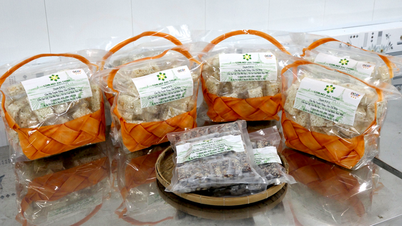

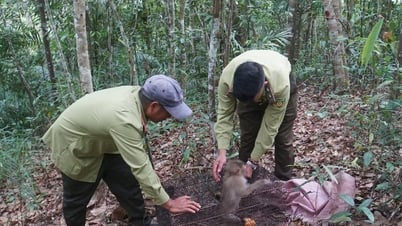

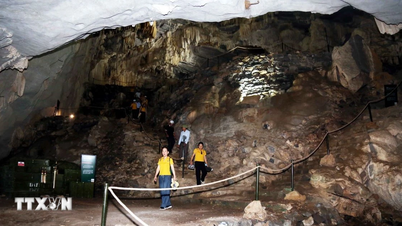

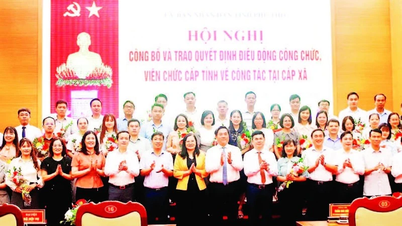

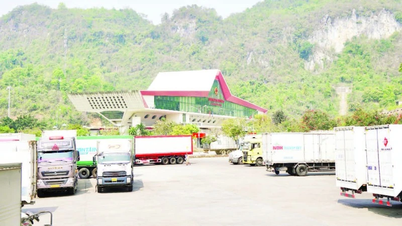
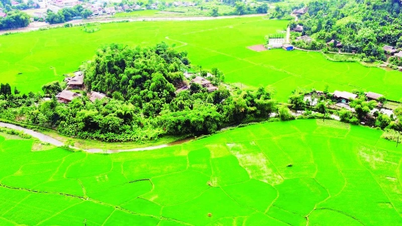
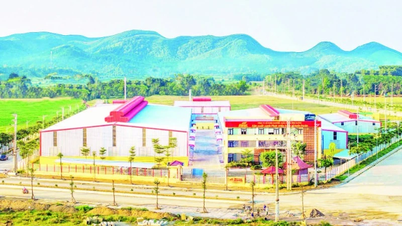
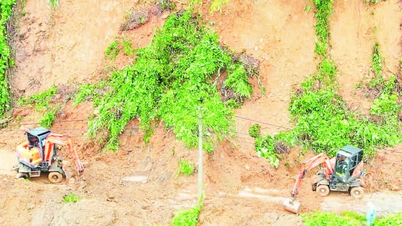






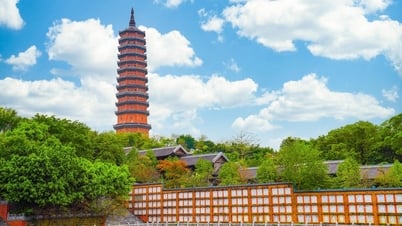

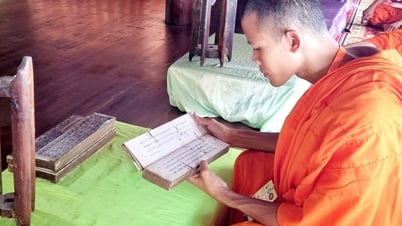
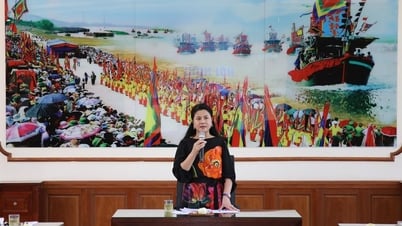
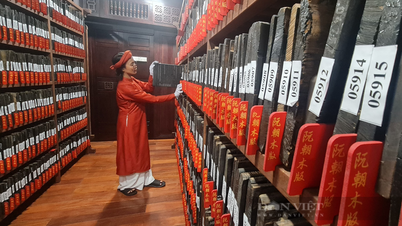

![[Photo] Prime Minister Pham Minh Chinh chairs meeting to deploy overcoming consequences of storm No. 10](https://vphoto.vietnam.vn/thumb/1200x675/vietnam/resource/IMAGE/2025/10/3/544f420dcc844463898fcbef46247d16)







































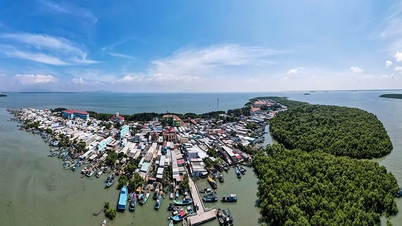
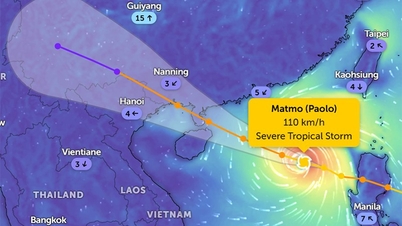
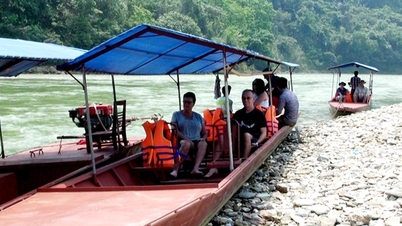








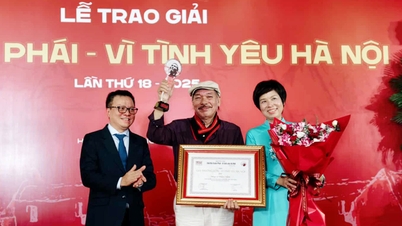

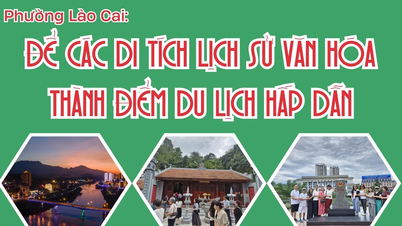
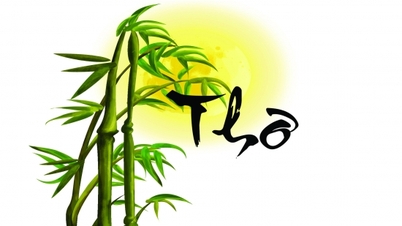

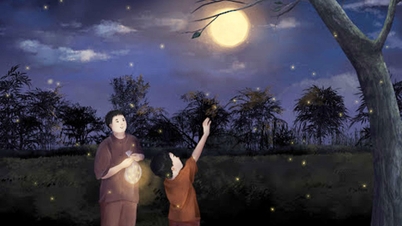
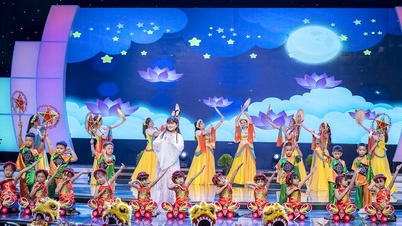

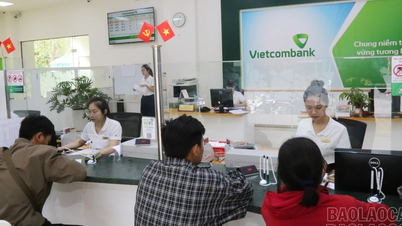











Comment (0)